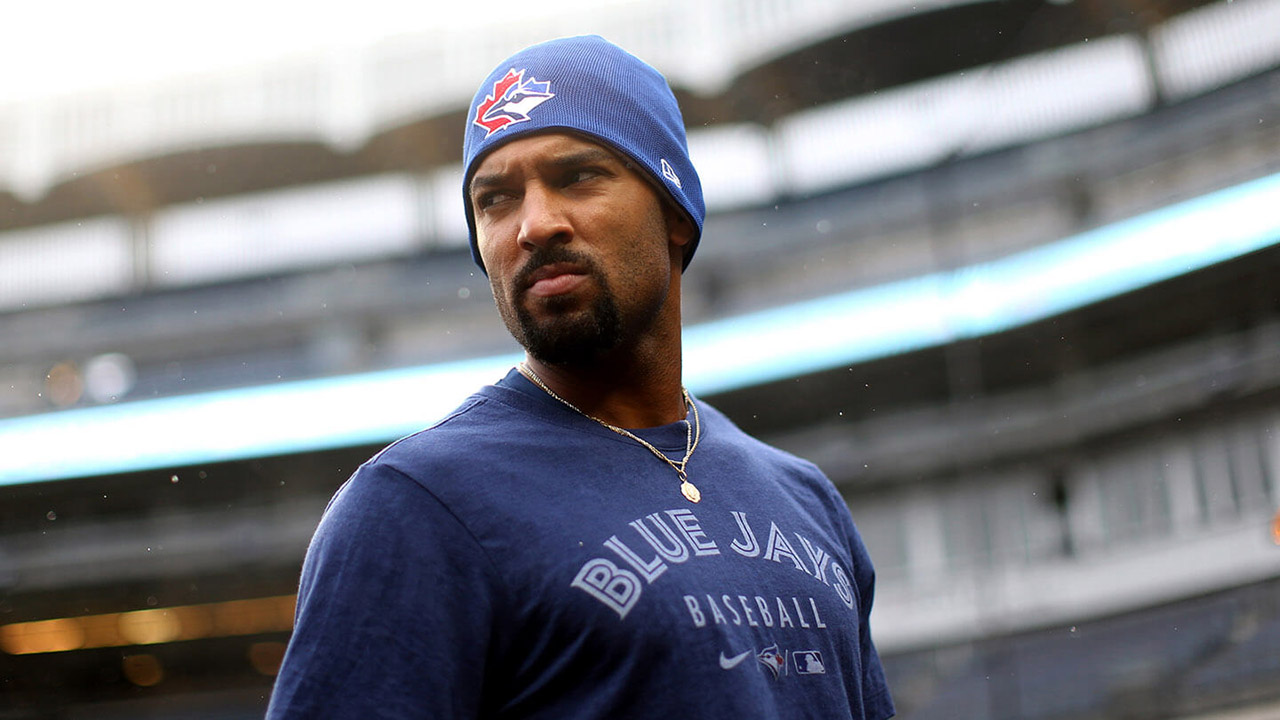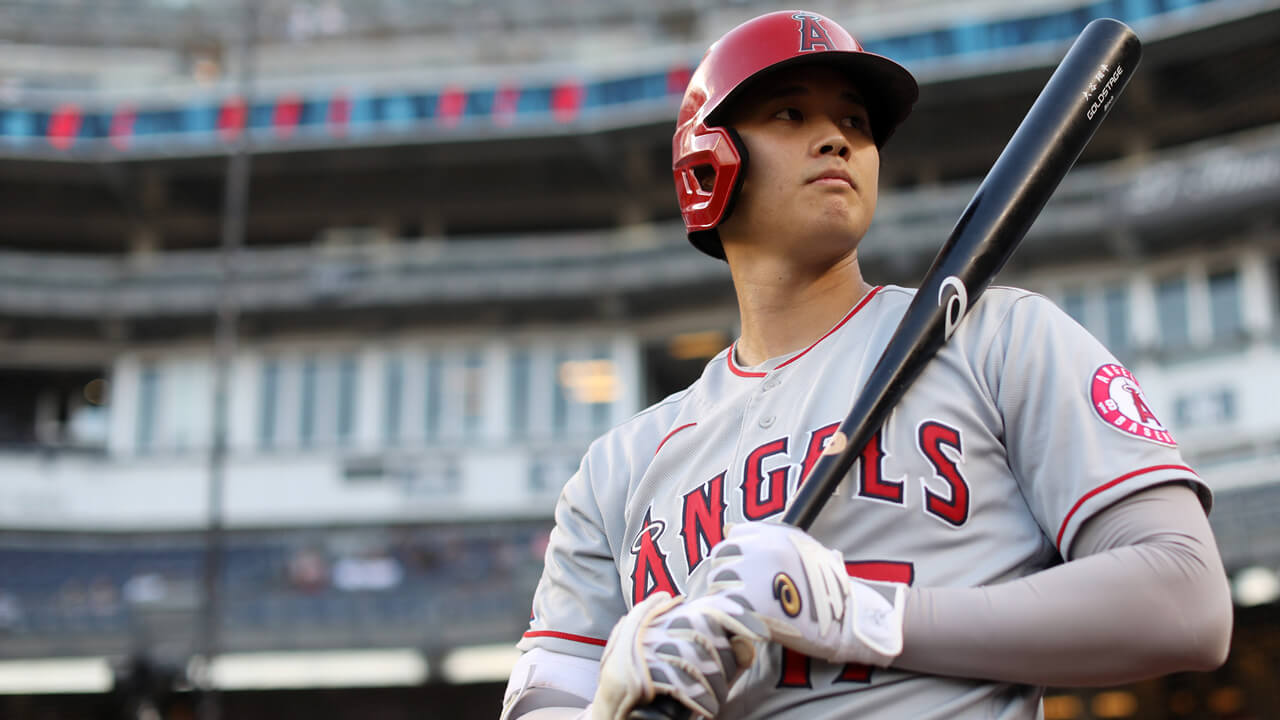There’s an old scouting adage that goes something like this: When you sign a player and they walk through those clubhouse doors for the very first time, everybody should immediately know why you signed them. If you ink a guy who’s six-foot-three with a chiseled physique, he’ll likely turn the heads of baseball people. Toronto Blue Jays special assignment scout Dean Decillis has this in mind as he gets on the phone with his boss to ask him to consider a player who just swiveled his head for a completely different reason during a showcase in Tijuana, Mexico. The 17-year-old catcher stands at roughly five-foot-seven and well over 200 pounds — certainly not the typical body of a prospect. But though he’s short and thick, he possesses tantalizing skills. It’s clear he’s gifted with tools the majority of players simply don’t have at that age.
“Look, this guy is big,” Decillis bluntly informs Andrew Tinnish, the Blue Jays’ vice president of international scouting. “He’s going to walk into a professional complex and people are going to be like, ‘What is going on? Who is this guy?’ But I’m telling you he can hit, and I’m telling you he can catch.”
On the other end of the phone, Tinnish tries to visualize the player in his head, going through his mental gallery to sketch out a comparison. Catcher Bengie Molina, who spent one campaign of his 13-year career with the Blue Jays, springs to mind, as does former Oakland A’s backstop Jeremy Brown. Whoever this kid looks like, though, one thing is clear: Decillis believes in him. And given Tinnish’s history with his trusted evaluator, that’s enough of a reason to investigate Alejandro Kirk.
Five years later, Blue Jays fans have come to adore the receiver whose natural ability helped him rocket through the minor leagues. He finished the 2019 season at advanced-A Dunedin and by the same time the following year, Kirk was starting for the Blue Jays in a playoff game. His ascent — only slowed by a left flexor strain that sent him to the IL this past May — coupled with his everyman look, has endeared him to the team’s faithful as a folk hero. He’s the rare baseball player with a Midas Touch: When Kirk homers or throws out a baserunner, fans explode with excitement online. If he stumbles while running into second base, it’s met with similar fervour.
The growing legend of Alejandro Kirk is a testament to his authentic and refreshing nature. And the evaluation process of the Blue Jays, specifically Decillis — the well-travelled scout who unearthed him from relative obscurity — played an important role in its origin. “It’s one of the best scouting stories that I have ever been a part of,” Tinnish says. “This is actually like the diamond in the rough. This is what Kirk is.”
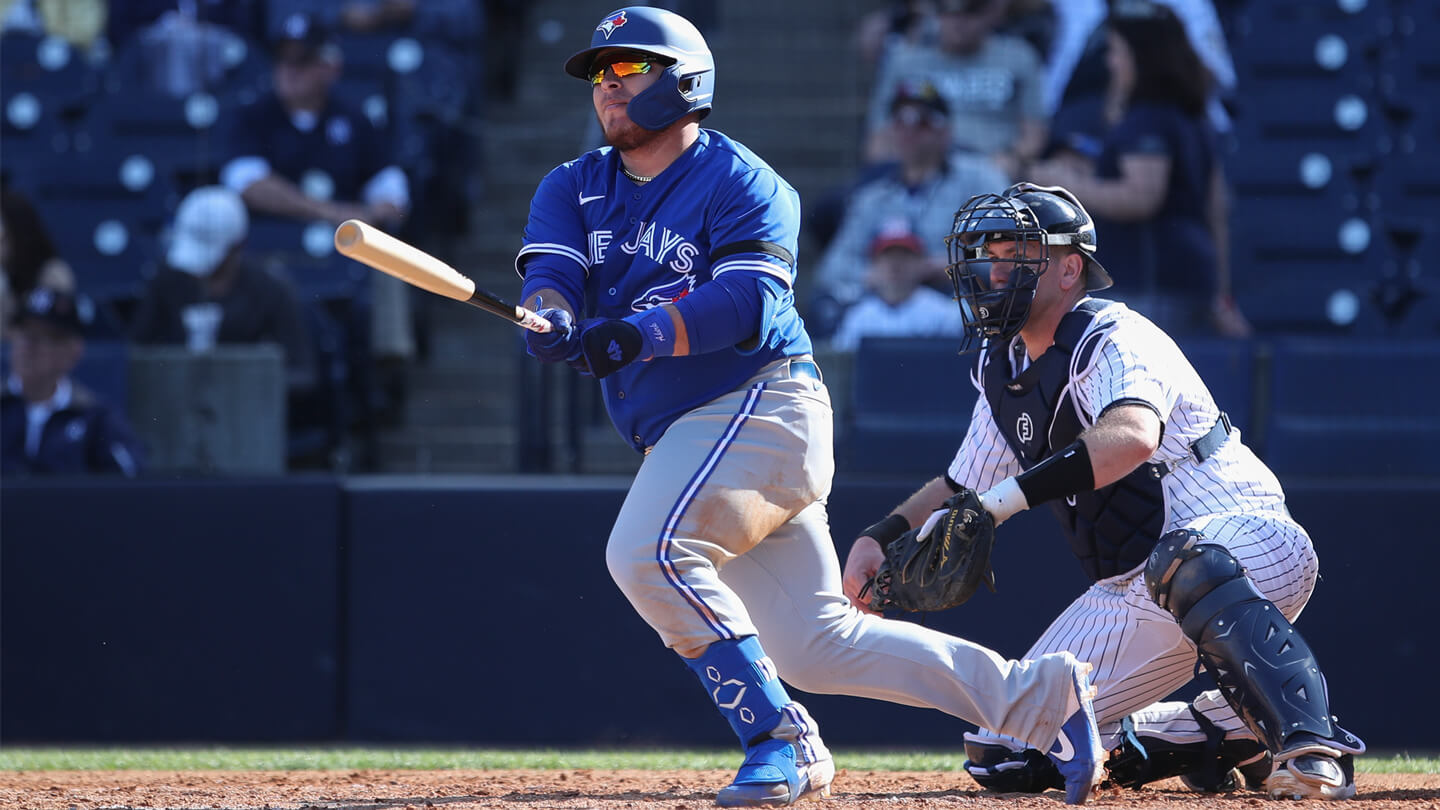
To understand how the Blue Jays found Kirk, one first needs to understand the importance of Decillis to the organization. Selected by Detroit in the sixth round of the 1987 MLB draft, the infielder spent eight seasons in the Tigers’ minor-league system, including parts of four campaigns in London, Ont. He advanced as far as triple-A and not long after retiring in 1994, Decillis landed a job as an area scout with the Baltimore Orioles under then-general manager Pat Gillick. Decillis went on to work with the San Francisco Giants, Philadelphia Phillies and Boston Red Sox. When the Blue Jays were searching for a national crosschecker following the 2010 season, Marc Tramuta, who worked in the scouting department at the time, pushed for the club to hire him. The two were colleagues in Baltimore and remained friends. “When Dean likes a player, you should be on that player,” says Tramuta, now director of amateur scouting with the New York Mets. “If he identifies somebody that he really likes, that’s a player that everybody should focus on, everybody should see.”
Decillis carries an iron-clad reputation. He’s scouted both professional and amateur, which has strengthened his perspective on what it takes to play in the majors. He’s scouted every level of the minor leagues and has comprehensive international experience, including Latin America and Asia. Some evaluators fall in love with the talents of every player they come across, while others are incredibly hard to impress. Decillis falls somewhere in between. He’s even keeled and steady, according to those who know him. The 53-year-old is also unafraid to speak up when he feels strongly about a player, even if his opinion differs from the rest of the group. “He tells you like it is,” says Tinnish. “And I think that is part of the reason why he’s progressed in this game.”
When Tinnish and Co. drafted right-hander Marcus Stroman in the first round (22nd overall) in 2012, Decillis “had a big influence” on the decision, the VP says. He also factored in the Blue Jays targeting infielder Santiago Espinal, who was acquired from the Red Sox in 2018. Decillis primarily focuses on the draft, but will also wear other scouting hats and has been known to look at MLB players the Blue Jays are considering.
When he entered Tijuana’s Estadio Gasmart (now Estadio Chevron) on Aug. 22, 2016, Decillis didn’t even know who Kirk was. His assignment from Tinnish was to check out a different catcher on the Blue Jays’ radar, one whose name eludes both men. With small mountains providing a picturesque backdrop beyond the outfield wall of the 17,000-seat stadium, Decillis planted himself by the first-base dugout and got to work.
The veteran scout will spend most of his limited time at such showcase events concentrating on the one player he’s there to see. If there’s a chance during batting practice or pre-game routines, he’ll peek up the middle of the diamond at the catcher, shortstop and centerfielder — positions typically manned by the most athletic players. During that scan, he spotted Kirk, who stood out during BP because of his unusual frame. Decillis observed a simple, line-drive swing that sprayed the ball around the field. The right-handed hitter had good balance, and his short arms, combined with superb bat speed, ensured his swing contained few identifiable holes. The scout filed that information in his mind. I like his swing. This kid might have a chance to hit, Decillis thought. Apart from that quick look, he kept his focus on the player he was there to see. But things changed once the game started.
Kirk showed off surprising flexibility and athleticism when he squatted down behind the plate. His raw arm strength was above average and his form was clean, helping him dart accurate throws with good carry across the diamond. A contrast developed between Kirk and the opposing catcher, the one Decillis had come to scout, who was around six-foot-two, 200 pounds. Though he was strong, that player looked noticeably stiff behind the plate. When Kirk came in at the bottom of each frame, he operated with much more fluidity. He presented a good package and began to gradually imprint himself on Decillis. “It started to be, ‘I like Kirk’s swing better than the guy that I’m here to see,’” Decillis says. “And then it started to be, ‘I think Kirk throws better than the guy that I’m here to see.’ And then, by about the fourth inning, it was, ‘I think he actually catches better than the guy that I’m here to see.’”
Kirk also displayed remarkable poise for a teenager. He seemed to be able to slow the game down, and appeared relaxed at all times. He was facing older hurlers who would bust him inside with borderline pitches and yet Kirk remained completely in control, laying off and drawing a pair of walks. At one point, the pitcher fired a ball behind Kirk, outside the batter’s box, and he didn’t even flinch — instead, he just calmly leaned out of the way. The jumpiness that was evident in most other players on the field was absent in Kirk. He also smacked a double and showed off that he could run pretty well before sliding smoothly into second.
Harry Einbinder, one of four Blue Jays employees at the stadium that day, sat beside Decillis and fellow evaluator Jairo Castillo. It was one of the first times Einbinder had attended a showcase like this in Mexico and he recalls the “very interesting experience” of hearing Decillis evaluate a player who obviously didn’t have the typical body of someone with big-league potential. “There were things Dean was seeing beyond just what the player looks like when he walks into the batter’s box,” says Einbinder, 41, now manager of amateur and international scouting for the Blue Jays.
“In over a decade of seeing games, that’s the one that jumps out as an experience where, if I was there [alone], I never would have walked out of there thinking, ‘You know, that catcher was interesting.’” Einbinder continues. “This is going to sound extreme: I don’t know if I’ve had a more teachable, isolated scouting experience than that experience, where we went in having no idea who the player was and to get to watch that player next to a veteran scout of ours and hear what they liked.
“I don’t know if you can get a better scouting learning experience in a four-hour period.”
Einbinder and Decillis drove across the U.S.-Mexico border and back to San Diego at the end of the day. As they ate dinner that night at Decillis’s favourite local restaurant, Blue Water Seafood Market & Grill, the veteran kept the day’s discovery in perspective. The Blue Jays’ pursuit of Kirk was in the early stages and he wasn’t yet sure it would even have legs.
“I really didn’t know if we were going to sign him,” says Decillis. “Andrew could have blown me off and said, ‘I don’t want to sign a guy who is five-seven and 260 and we haven’t seen him.’ So, when the day was over, there really wasn’t [any celebration]. The guy that I was there to see, I was just mild on — we were probably not going to have much interest in him. That was the main mission of the day and it was probably not a great day because this guy really wasn’t as much as we had hoped.”
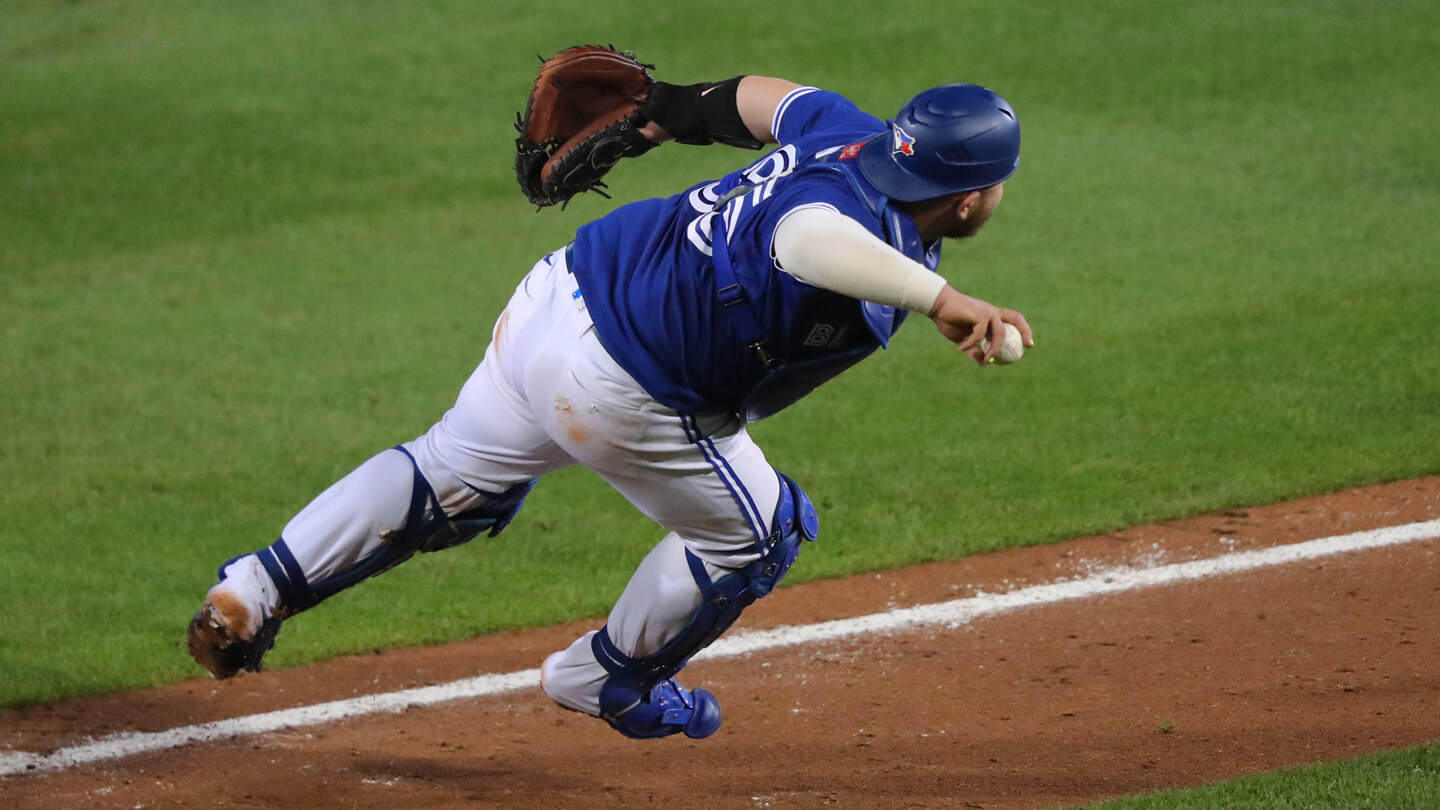
Tinnish could tell just how high Decillis was on Kirk by the way he spoke about the catcher and by that initial warning he’d issued. “He kept referencing, ‘Look, you’re going to have to warn our player-development staff before he gets in there that they’re not going to like what they see physically,’” Tinnish recalls. “He kept going to that, but then following it up with, ‘But I’m telling you, this guy can hit and this guy can catch.’”
Tinnish had enough experience working with Decillis to know that the club should move quickly to try to secure Kirk. The Blue Jays faced some restrictions that year as a result of overshooting their bonus pool to land Vladimir Guerrero Jr. in 2015. The rules limited them to signing international free agents for a maximum of $300,000, and that meant high-profile prospects were out of reach. Kirk represented an opportunity; he was a diamond in the rough.
Tinnish got hold of the video shot by Einbinder and, at first glance, understood the need for Decillis’s caveat. “To be candid, when I saw him, I was like, ‘Oh, okay, that’s not great,’” admits Tinnish. “The first thing you notice is the body, and that’s not your prototypical body. Not that catchers aren’t shorter and thicker — they are — but he was just shorter and thicker than most of them.
“But immediately, you could see it — the swing was very direct, very compact, very quick. Even going back five years, the way he took pitches was very similar to the way he does now. You’re like, ‘Oh my. Wow. This guy has a really low heartbeat.’”
You can learn a lot about a player’s plate discipline watching him take a sharp slider down and away. Even on video, it became apparent to Tinnish that Kirk had an advanced ability to process spin and release point. He also liked what he saw in Kirk’s defence.
There weren’t any other MLB teams in on Kirk, according to Decillis. However, there was an element of urgency because you simply can’t know for sure what 29 other teams are thinking. Tinnish reached out to Sandy Rosario, the Blue Jays’ director of Latin American operations, and on Sept. 24, 2016, Rosario completed a $30,000 deal with Kirk’s Mexican League team, Toros de Tijuana. It’s a signing Tinnish calls an “educated flier.”
A few months later, Tinnish travelled to the Blue Jays’ complex in the Dominican Republic. As he strolled by some players, he noticed an individual wearing a team uniform about 150 feet away and became confused. “Who is that?” Tinnish asked Rosario. “Is that a player? One of our coach’s kids?” Then it clicked: It was Kirk.
A mere hour later, Kirk was catching a bullpen for pitching prospect Brayan Mejia. The right-hander clocked in at 95 mph with a heavy sinker, and sure enough, Kirk was receiving with complete ease.
“It was like, ‘Whoa, okay.’ You can see, right then and there, [what Kirk brings],” says Tinnish.
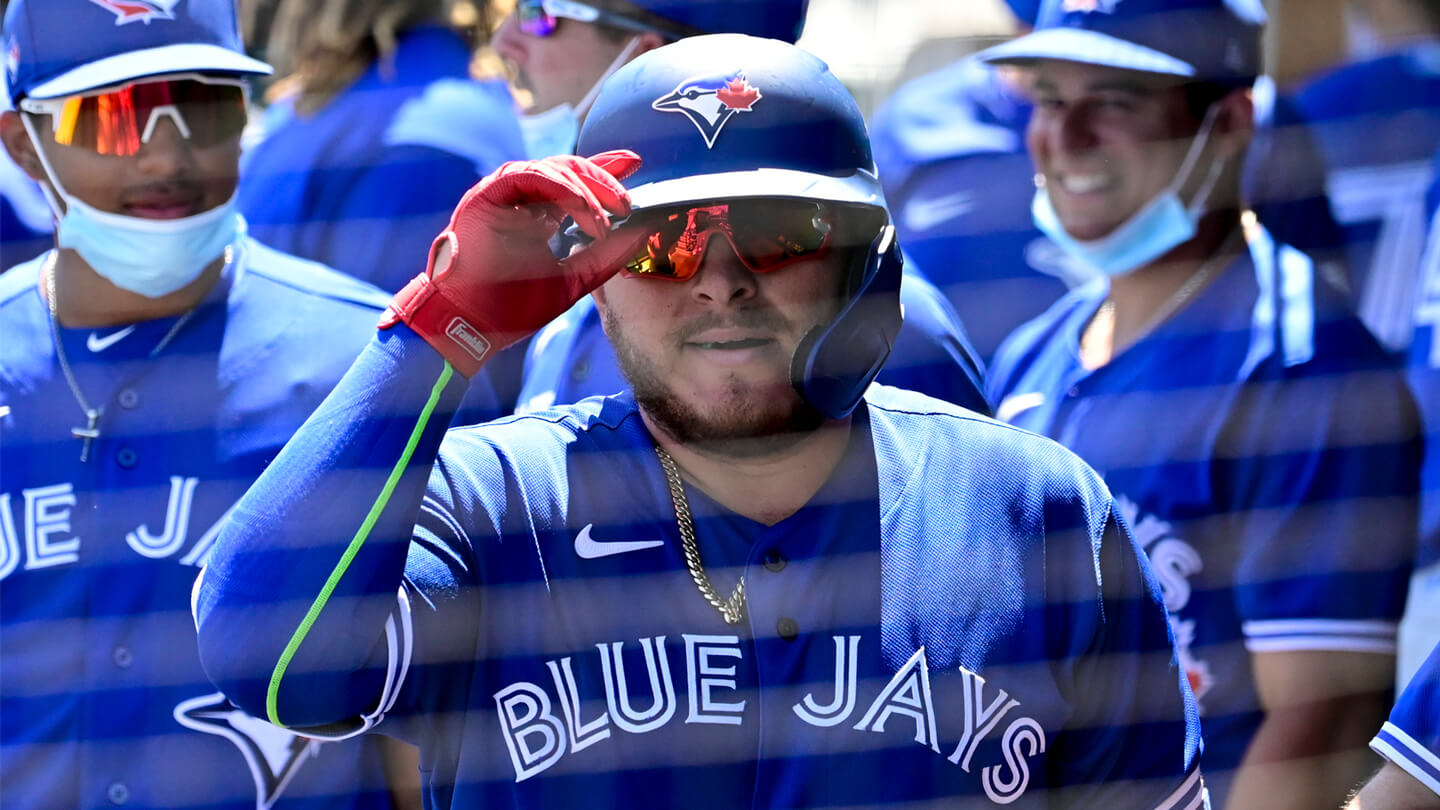
Kirk’s momentum was slowed in early May when he suffered a left flexor strain that resulted in a prolonged stint on the injured list. It came at a time in the 2021 season when the backstop looked like he was just beginning to get his bearings — he threw out his first runner of the year and collected five hits, including two homers, in the week leading up to his IL placement.
Bengie Molina, the former major-leaguer who was one of Tinnish’s points of comparison for Kirk, has been monitoring the 22-year-old rookie’s progress. Overall, he’s been impressed. “He is more athletic than I was,” says Molina, currently a Spanish-language broadcaster for the St. Louis Cardinals. “He’s way, way, way more athletic than I was. And that is a plus for him, given his size. Athleticism is very important on a catcher. And he, for sure, has it.”
Molina, who stands five-foot-11 with a playing weight that hovered around 225 pounds, was once regarded as the slowest player in the league and long battled comments and taunts about his physique. If he could go back and do things differently, the two-time Gold Glove winner says he would have shed some pounds at the beginning of his career. “I was really afraid that if I lost the weight then my power would have been gone … the way I caught behind the plate would have been gone,” he explains. “So that’s why I stayed the same weight I was the whole time. But if you’re a young guy — 21, 22, 23 years old — I would say that losing the weight just gives you more mobility and keeps you healthier.”
The most important ingredient to a long career for a catcher is the health of their knees. And when those body parts carry excess weight during years of crouching behind the plate, it can catch up to you, notes Molina, who retired at 35. He says the question of weight becomes more of a talking point when you stop producing. To that end, Molina always carried with him advice from his single-A manager, Tom Lawless: “I don’t care how big you are. I don’t care how slow you are. I don’t care about your belly. I don’t care about your ass,” Lawless would tell him. “But I do care about you producing and you catching a good game.”
Having seen some of the stuff fans post about Kirk on social media, Molina says he’d give the young backstop the same advice: “Forget about what the people are calling you or what they’re saying about your weight. As long as you produce, you’ll be fine.”
In addition to Molina, Kirk’s got a supporter in Decillis’s 13-year-old daughter, Brooke. She often walks around their Florida home wearing a blue T-shirt that reads, ‘Alejandro Kirk Fan Club.’ Decillis doesn’t have any social media accounts, so it’s Brooke who scours Twitter and Instagram for the latest Kirk news to report to him. “My daughter just smiles when she sees him…. Even for kind of an old-school baseball guy like me, he’s fun to watch,” says Decillis. “He just kind of makes you smile…. When I look at him and I think of the story of finding him, I just think that’s fun.”
The evaluator makes it clear, though, that Kirk is the one who deserves all the credit for his success. “It’s all him,” says Decillis. “If you played any sport, you’ve probably been told along the way, ‘Play hard, because you never know who’s looking.’ High-school kids are told that. ‘There could be a college coach here that’s looking for somebody else, and you’ll stand out.’ When you’re playing minor-league baseball, they’ll always tell you, ‘They might be here to see somebody else, but those scouts, if they’re watching, you might do something that stands out.’
“In Kirk’s case, that kind of thing you’ve been told since you were a little kid actually happened.”

